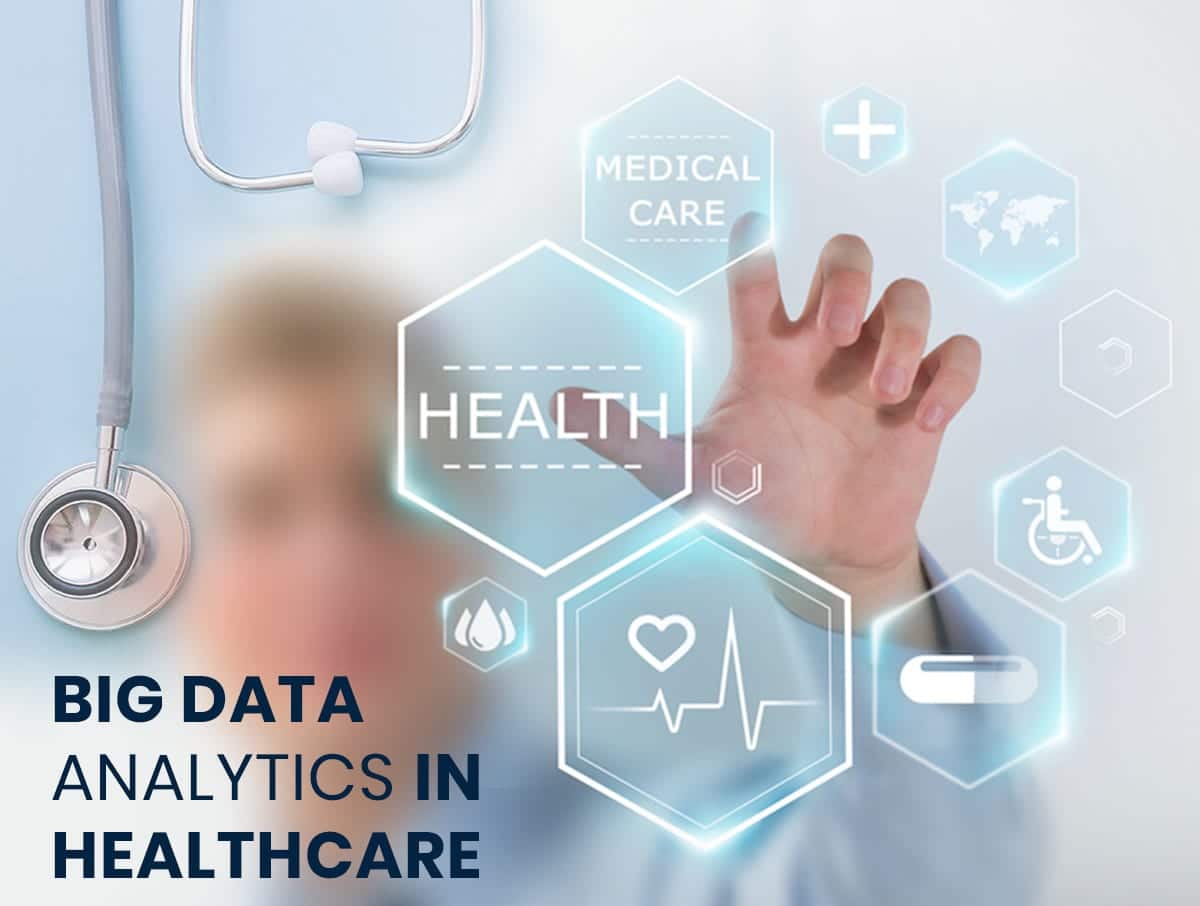Technology is one of the most important wheels keeping our lives running smoothly. We wake up every day to ask: what is new?
The healthcare sector is one of the disciplines always asking for more in technology. From inventing new diagnostic tools, and imaging, to inventing new ways to develop vaccines and others.
The pandemic situation in 2020 turned our lives upside down, with multiple limitations, fear, and a case of uncertainty. Covid added a new term to our dictionary “FROM HOME”; stay at home to be safe, work from home, but what about getting your health checked at home?
The healthcare sector demanded fast new solutions and innovations to compensate for the shortage of staff, curfew, and other limitations as a result of the pandemic situation. Which brought big attention to the need for technology integration in the healthcare sector. According to HIMSS Future of Healthcare Report, 80% of the healthcare providers are aiming to increase their investment share in new technologies and digital solutions over the next five years.
Here are some of the recent technology trends related to the healthcare sector that appeared in 2022:
1. Telemedicine:
Telemedicine is a virtual solution for a healthcare consultation while being at home. All that is needed is internet service to communicate with your physician through video conference in many available applications. These applications allow you to book an appointment, consult with your doctor, and keep a record of your medical history. Telemedicine showed great acceptance by the patients as it omitted the need to drive to a clinic, take a break from work, and boring time in the waiting rooms. Although these options rose because of the pandemic situation, recent surveys showed that patients favor it with expected growth and dependency on it.
2. Mobile Healthcare Application:
As we are attached to our smartphones most of the time, why not use them as a health check tool simultaneously. For example, such healthcare applications are available to help connect the patients and the doctors. It provides a great tool to monitor the patient’s health remotely with help of wearable monitoring devices such as smartwatches to measure heart rate, glucose level, and blood pressure. It also made it easier in the paperwork part as the insurance data, medical history, and payment history among others are saved.
3. AI healthcare:
When AI initially invaded the healthcare sector it was used in the paperwork part, to store patients’ data, schedule appointments, and for better flow of information with insurance companies. After the pandemic situation and the shortage of medical staff, AI was implemented to perform more tasks. AI is now used in the radiology division to help capture the image right from the first time, interpret the results, and give multiple diagnoses according to the stored data. AI is also implemented in surgical procedures to help the surgeon make right decisions during the surgery, come up with new techniques, and maybe performing minor procedures under supervision. Preventive medicine saw an opportunity in AI. Artificial intelligence can be used to create an algorithm to predict where and when an outbreak will occur so that we can act quickly.
4. 3D Bioprinting:
3D bioprinting opened the door to a new era of precision, accuracy, and customization. 3D bioprinting can be used to create new surgical tools specifically designed for a specific case. It also plays a big role in prosthetics as it can produce an accurate replica of blood vessels, bones, or a missing part of the human body as an ear, leg, or hand. These prosthetics are customized to the patient to be more accurate. The products of 3D bioprinting are characterized as being lightweight, strong, and biocompatible at low cost.
5. Virtual Reality (VR) and Augmented Reality (AR):
Virtual and augmented reality offers a great tool for young surgeons for training. It works by creating a virtual reality surgery to be trained on without risking patient lives. Other than that, it helps surgeons during an actual surgery, providing a clearer view of the anatomy and the operating field with valuable suggestions. AR are great tools to help nurses to locate veins during a blood tests.
6. Nanomedicine:
Nanomedicine is a newly introduced concept that involves the use of drug particles or tools at a nanoscale. It can be used in delivering a drug to a specifically targeted location in cancer treatment. The field of nanomedicine is expected to evolve rapidly in the coming few years to provide valuable treatment solutions.
Recent trends in healthcare technology provide great solutions to increase efficiency, quality, and accessibility for healthcare providers.

